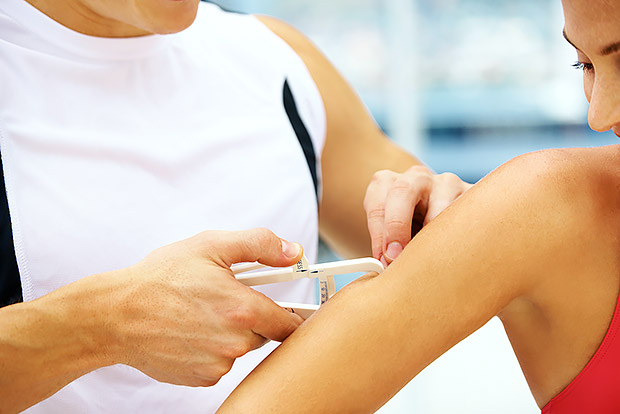
Bodyweight is a common way of tracking progress, but it is not always the best measurement. Body shape can change and your overall health can improve without weight loss. For this reason, you may consider monitoring your body fat percentage.
Select the best method for you.
Complex body fat tests are available at universities and in research hospitals. These include underwater weighing and the BOD POD (a small chamber that measures body fat through volume and pressure changes). Fitness centers offer less advanced tests, including skinfold tests and handheld BIA (bioelectrical impedance analysis). BIA uses a small, painless electrical current to estimate total body water and lean body mass.
Underwater weighing and the BOD POD are often more accurate, but when deciding how much you want to invest, remember that all methods come with errors. The range of error for body fat percentages is about 2-4%. Whichever you choose, make sure you understand the limits of your results. A good trainer will be able to guide you in understanding your test results.
Measure the same way every time.
To get the most accurate results, use the same method each time. Have the same trainer perform your body fat assessment at the same time of day, and follow the same steps. For example, with the skinfold test, use the same calipers and measure on the same side of the body in the same locations for every test. Body fat percentage often changes slowly, so space out your tests to give your body time to adjust and change. Consider measuring body fat every 1 to 3 months.
Prepare for your test.
Testing in a lab setting will require more preparation. The technician testing you should provide information on how to prepare. Be sure to ask questions about anything you do not understand. How you prepare will affect your results.
For skinfold and BIA tests, there are a few general things to consider. When using the skinfold test, get tested before you exercise to prevent shifts in fluid in the skin. Avoid wearing any type of lotion or oil on your skin on the day of the test. This will cause the calipers to slip and may result in you having to return for testing at a later date. For BIA, avoid exercise at least 12 hours before the test, and avoid alcohol at least 48 hours before. Also, avoid being tested right after drinking large amounts of fluid or right after a meal.
Know the healthy ranges.
Just as too much body fat can be unhealthy, too little body fat can be problematic. Our bodies need some essential fat to function, and women need a greater amount of this fat than men. The American Council on Exercise provides categories and suggested ranges for body fat percentage.
Women
| Essential Fat | 10-13% |
| Athletes | 14-20% |
| Fitness | 21-24% |
| Acceptable | 25-31% |
| Obesity | > 32% |
Men
| Essential Fat | 2-5% |
| Athletes | 6-13% |
| Fitness | 14-17% |
| Acceptable | 18-24% |
| Obesity | > 25% |
Sources



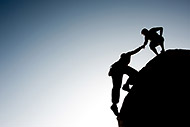 8 Ways to Overcome a Lack of Support for Weight Loss
8 Ways to Overcome a Lack of Support for Weight Loss
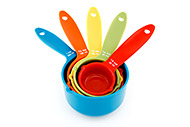 6 Tips for Controlling Portions
6 Tips for Controlling Portions
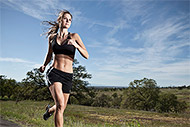 Some People Dream of Success
Some People Dream of Success
 5 Breakfasts Under 300 Calories
5 Breakfasts Under 300 Calories
 4 Things to Know About Negative Calorie Diets
4 Things to Know About Negative Calorie Diets
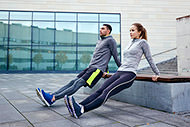 Healthy Ways to Motivate Your Friends
Healthy Ways to Motivate Your Friends
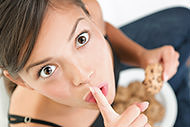 15 Bites and Nibbles That Keep You From Losing Weight
15 Bites and Nibbles That Keep You From Losing Weight
 Recover from Weight Loss Setbacks
Recover from Weight Loss Setbacks

 Pinterest
Pinterest RSS Feed
RSS Feed